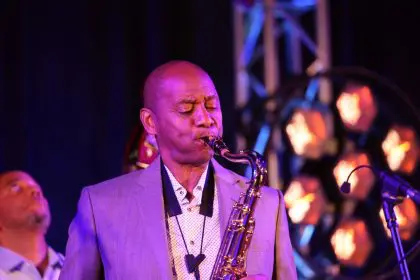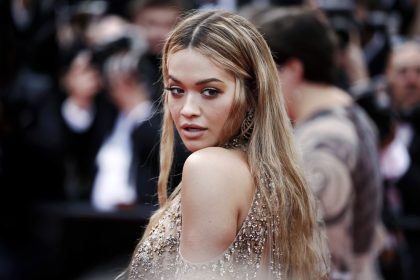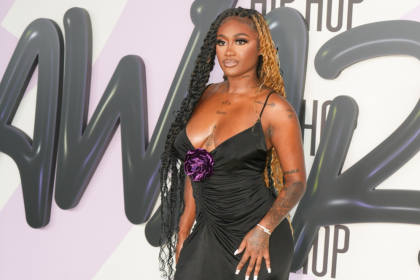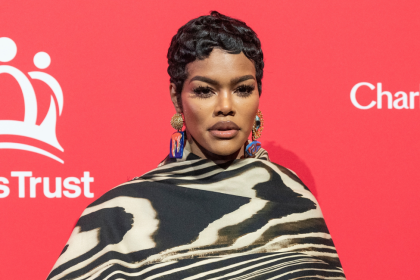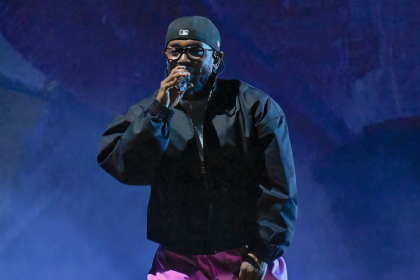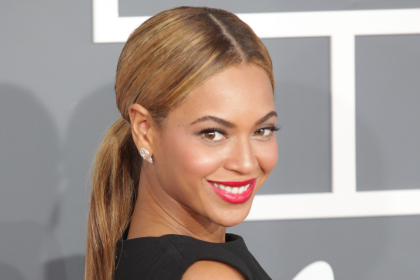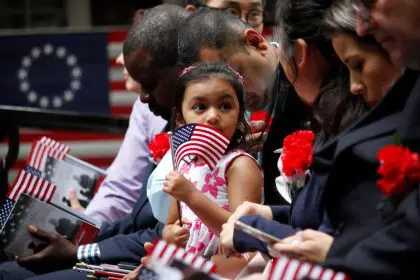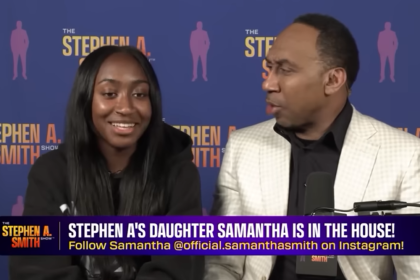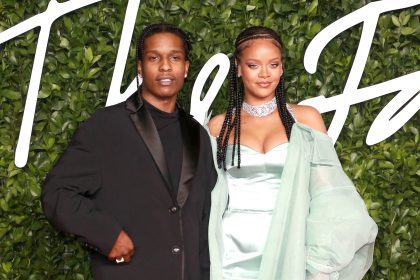The entertainment industry found itself embroiled in yet another controversy when rapper Azealia Banks stepped into defend pop superstar Lady Gaga over casting choices in her latest music video. The debate erupted following the release of Gaga’s newest single Abracadabra, where fans noticed the apparent absence of plus-sized dancers in the choreographed sequences. Banks’ direct response on social media platforms triggered an intense discussion about artistic freedom and representation in the music industry.
The incident gained significant traction across multiple social media platforms, with fans and critics alike weighing in on the controversy. The discussion quickly expanded beyond the initial criticism, touching on broader themes of artistic expression and societal responsibility in contemporary pop culture.
Artistic vision versus societal expectations
The discussion has illuminated a growing tension between creative freedom and social responsibility in the music industry. Lady Gaga, known for pushing artistic boundaries throughout her career, faces scrutiny over representation in her visual work. The criticism comes at a time when the entertainment industry grapples with evolving standards of inclusivity and representation across all media formats.
Banks‘ intervention in the debate presents a complex perspective on artistic autonomy. Her defense of Gaga’s creative choices highlights the delicate balance artists must maintain between their artistic vision and meeting societal expectations for representation. This tension reflects a broader industry-wide struggle to navigate between artistic expression and social consciousness.
The evolution of music video aesthetics
Music videos have traditionally served as a platform for artistic expression, often reflecting both cultural moments and individual artistic visions. The medium has evolved significantly since its inception in the 1980s, with each era bringing new expectations and standards for visual presentation. From the early days of MTV to the current streaming era, music videos have continuously adapted to changing social norms and technological capabilities.
Modern music videos face increased scrutiny regarding representation, with audiences demanding more diverse casting choices. This shift reflects broader societal changes and growing awareness of media’s role in shaping cultural narratives and beauty standards. The transition from traditional television broadcasts to digital platforms has also transformed how audiences engage with and critique music videos.
Industry standards and changing perspectives
The music industry’s approach to body diversity has undergone significant transformation over the past decade. Major record labels and production companies have begun implementing more inclusive casting policies, though progress remains inconsistent across different sectors of the industry. This evolution reflects changing consumer demands and growing social awareness.
Current industry data shows a gradual increase in diverse representation across music videos, advertisements, and live performances. However, many argue that this progress falls short of reflecting real-world body diversity, particularly in high-budget productions and mainstream pop music videos. The gap between public expectations and industry practices continues to fuel debates about representation in entertainment media.
Impact on young audiences
The influence of music videos on young viewers cannot be understated. Research indicates that visual media significantly impacts self-image and body perception among adolescents and young adults. This reality adds another layer of complexity to the debate over artistic freedom versus social responsibility. Studies have shown that exposure to diverse body types in media can positively influence young people’s self-esteem and body acceptance.
Music video choreography often sets trends and influences dance styles globally, making the representation of different body types particularly significant in these productions. The absence of diverse body types in professional dance sequences can perpetuate limited perspectives on who can participate in dance and performance art. This impact extends beyond entertainment, affecting how young people view themselves and their potential in creative fields.
Future implications for the industry
The controversy surrounding Lady Gaga’s video suggests a turning point in how the industry approaches body diversity in visual media. Production companies and artists now face increasing pressure to consider representation during the creative process, while maintaining artistic integrity. This balance will likely shape future production decisions across the entertainment industry.
As social media continues to amplify discussions about representation and inclusion, artists and producers must adapt to evolving audience expectations. The challenge lies in finding ways to honor artistic vision while acknowledging the responsibility that comes with influential media platforms. This ongoing dialogue between creators and audiences will likely continue to shape the future of music video production and visual media representation.


